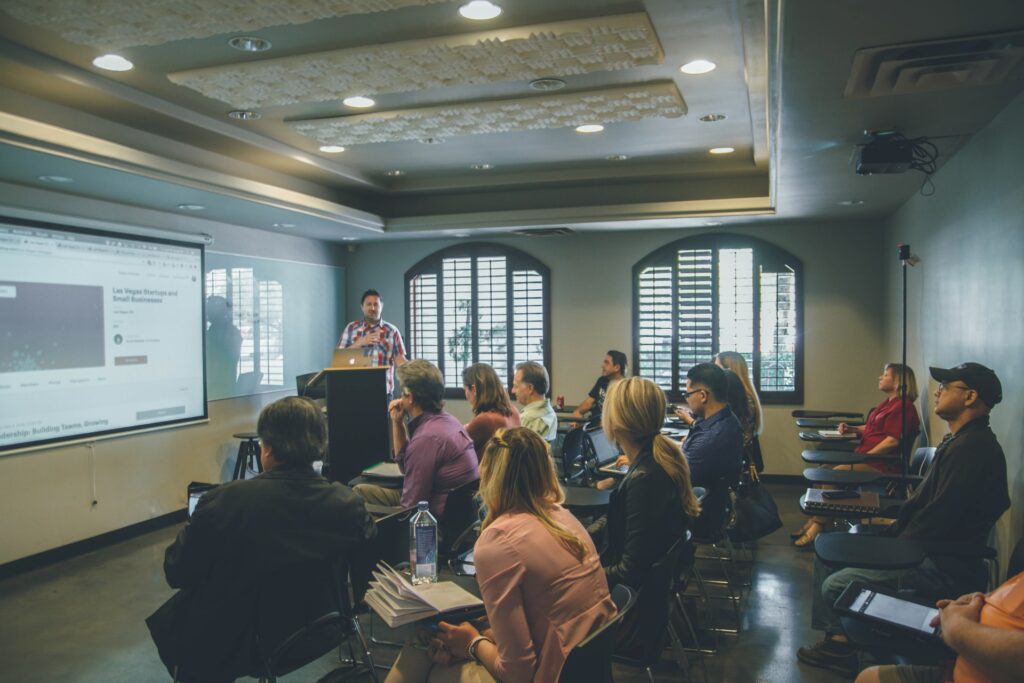A New, Technological ‘Normal’ in the Wake of COVID-19 and Online University

COVID-19 continues to shape the structure and direction of universities, but can this reframing offer a valid experience for their students and prove that the university experience today is still worthwhile? What can students, faculty, staff and university systems do online now that will ultimately benefit and expand upon what they do on campus later? Yet before universities even begin to identify improvements, they must clarify their purpose in the wake of the changes brought on by COVID-19.
What is the purpose of university?
While ‘purpose’ is based on an individual university, its history, specialties, faculty, location and more, a primary purpose of any university is the transfer of knowledge. Moreover, that purpose is shaped by how that knowledge is transferred and disseminated. In other words, the experience matters – and that experience is strongly based upon the formation of community. Thus, the creation of a collaborative community that shares knowledge, engages with one another and works together to improve society is fundamental for most universities to fulfill their purpose. Yet if visualized through a business to consumer (B2C) model, with a university seen as a business that serves their student consumer, is this educational experience a damaged good in the current pandemic?
Is university now offering a damaged good?
In the wake of COVID-19 and going online, it is not a surprise that many students are dissatisfied with their options, some even petitioning to reduce tuition . Taking classes online and apart has disrupted the rhythm of community, and the option to attend online university courses looks nothing like what many students had hoped for and expected. Lacking a designated place, university debates are segmented, relationships are cut short and a student’s sense of belonging is negatively affected at the click of a cursor. Online teaching methods can harm student performance, leading to lower retention and graduation rates for some students.
Since universities have no other choice than to go online right now, it is more important than ever for schools to reassess and improve their pedagogy, methods of teaching and purpose for their students. Relying on technology, many schools have turned to recording lectures, wherein students can login to a portal and access lecture recordings at any time they want. However, pre-recorded lectures can easily become passive learning experiences that do not foster engagement or thought from the student. Simple ‘onlinification’ is not enough to retain student engagement and success. University staff can benefit from incorporating new teaching methods, which students can stay more focused on. Ultimately, this restructuring on the university’s end will lead to changes with its students, who will find new rituals and routines in their daily habits attending online university.
How can technology help with distanced learning?
Online university experiences as a result of the global pandemic have made university groups and communities more reliant on technology. While the pandemic has excluded others as a result of unequal access to technology, it has also prompted digital innovation and development for the future. Learning management systems facilitated by artificial intelligence can deploy surveys to categorize individuals into distinct learning buckets that will improve content fitted to different learning styles. AI can also assist with breaking down lectures and assignments to make them more understandable to students. AI can be used to help translate, too. For teachers, AI capabilities are being tested to help grade papers, though the ethics of that are debatable and has already resulted in some disagreement.
Along with new capabilities, the pandemic has prompted many schools to utilize already existing technological features more too, in particular open access resources. Making digital materials open access makes information more readily available to greater audiences and has contributed to a growing community of learners and self-taught academics. For some, taking classes and learning has never been more accessible. From free online courses on COVID-19 to webinars, articles and speaker events focused on COVID-19, more people are thinking, talking and reassessing society through accessible, academic materials. Digital capabilities have made academic and intellectual conversation more accessible, but at the cost of socialization. Despite connecting many with new resources, universities have not been able to accommodate for the loss of in-person socialization. As such, students are forced to pivot and find new ways to connect.

How do students socialize at home?
For the student, going to university is about much more than learning and acquiring knowledge. Thus, not only must universities reformat their educational methods, they must also keep in mind that university is a place for students to nurture themselves and prepare for life. It is a place to thrive, grow, meet other places and people, and develop.
As universities necessarily improve their online learning offerings, students are learning new ways of socializing and communicating too. Students will come away from remote learning with new routines and ideas of how to learn, communicate and collaborate that just might replace the prior ways of doing them. For instance, attending university online frees up more time for students to experience new activities and routines. Events and talks hosted on Zoom make it easier for students to attend, and some students are finding that studying at home offers them more time to exercise. In some instances, paying attention to and embracing how communication and rituals have changed as a result of the pandemic has actually created a new community amongst students. As such, while universities might not be able to accommodate for the lack of socialization characteristic of online learning, students can use the pandemic and these unprecedent times to bond and grow together.
Universities have experienced pervasive challenges as a result of COVID-19 and the resulting consequences of a global pandemic. While universities cannot necessarily control the events that impact them, they can adapt, and utilize their strategic position in academia to raise awareness and do work to bring about positive change. Tapping into their resilience as an academic community, students and university bodies can use technology for good and grow their knowledge to find new purpose. Technology was made to improve lives, not detract from them and become a source of problems. In a ‘new normal’ where technology shines as the leading facilitator of community and communication, it is important that universities continue to strive to make technology the best thing it can be for students and faculty, with the greatest impact on society.
































































































